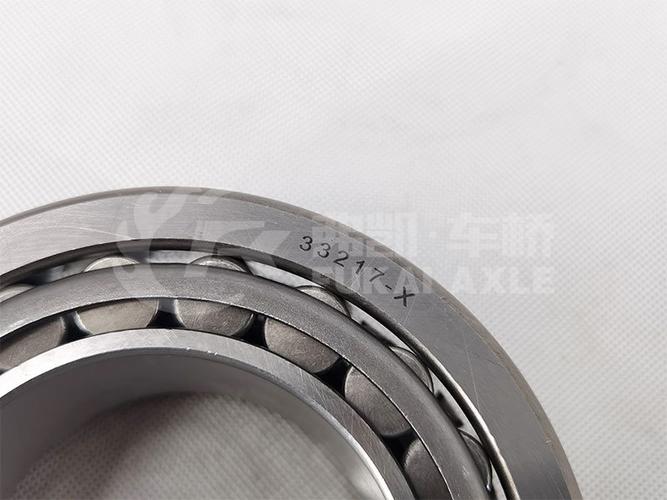Tapered Roller Bearing Noise Solutions: Causes, Prevention
Tapered roller bearings are critical components in heavy machinery and automotive applications worldwide. Excessive noise from these bearings often indicates underlying issues that can lead to costly downtime and equipment failure. This comprehensive guide provides actionable solutions to identify, diagnose, and resolve tapered roller bearing noise problems effectively.
Understanding Tapered Roller Bearing Noise
Tapered roller bearing noise typically manifests as humming, grinding, or rumbling sounds during operation. The International Organization for Standardization (ISO 15242-1) classifies bearing noise into three categories:
- Vibration-induced noise (20-60 dB typical range)
- Structural resonance (60-85 dB in faulty bearings)
- Surface-generated noise (caused by lubrication or contamination)

Common Causes of Excessive Noise
| Cause | Frequency Range | Solution |
|---|---|---|
| Improper lubrication | Low-frequency (100-500 Hz) | Use ISO VG 68-100 grade oils |
| Misalignment | Medium-frequency (1-5 kHz) | Laser alignment correction |
| Contamination | Irregular patterns | Sealed bearing conversion |
| Wear patterns | High-frequency (>8 kHz) | Precision regrinding |
Proven Noise Reduction Techniques
- Precision mounting: Maintain <0.0005" runout
- Advanced lubrication systems: Automatic grease replenishment
- Surface finishing: Superfinish to 0.1-0.2 Ra μm
- Preload optimization: 0.002-0.006" axial play
Industry Case Study: Mining Equipment Application
A Chilean copper mine reduced bearing-related downtime by 72% after implementing our noise diagnostic protocol and switching to premium tapered roller bearings with:
- Special polymer cages
- Microgeometry-optimized rollers
- ISO 492 Class 4 precision
FAQs About Tapered Roller Bearing Noise
What's the acceptable noise level for industrial tapered roller bearings?
Most industrial applications require <65 dB at 1m distance under normal load. Critical applications (e.g., medical equipment) may demand <55 dB.
How often should bearing noise be monitored?
We recommend monthly vibration analysis for continuous operations, with immediate checks when audible changes occur.
Can worn bearings be repaired instead of replaced?
Selective regrinding can restore 60-80% of bearing life in premium quality units, but replacement is often more cost-effective for standard bearings.
What lubrication best reduces bearing noise?
Polyurea-thickened greases (NLGI 2) with 3-5% additive packages typically achieve 15-20% noise reduction versus mineral oils.
How does preload affect bearing noise?
Optimal preload reduces noise by 8-12 dB by eliminating internal clearance. Excessive preload increases noise by 10-15 dB through overheating.
What certifications ensure quality quiet bearings?
Look for ISO 9001:2015, ANSI/ABMA Std 19.1, and DIN 620-2 compliance with full traceability documentation.
Conclusion
Implementing proper tapered roller bearing noise solutions can extend equipment life by 30-50% while reducing maintenance costs. Download our free bearing maintenance checklist to optimize your operations today.




 13869596835
13869596835